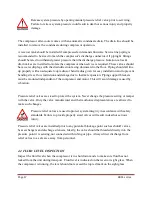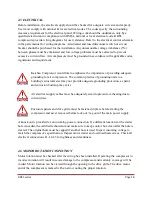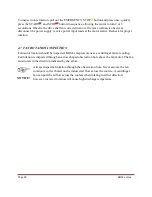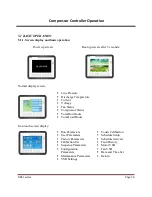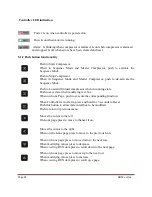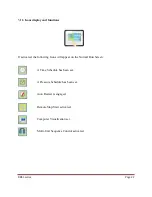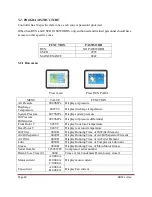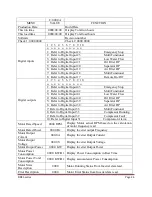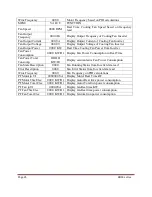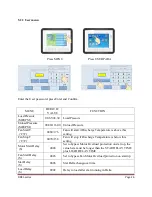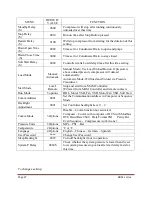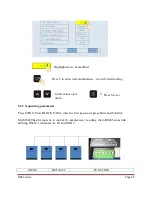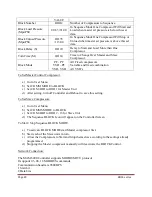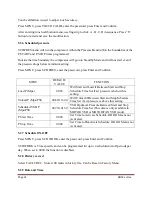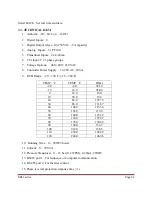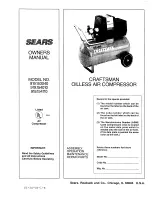
Page
17
KRSL series
Release system pressure by opening manual pressure relief valve prior to servicing.
Failure to relieve system pressure could result in death or serious injury and property
damage.
The compressor after-cooler comes with an automatic condensate drain. The drain line should be
installed to remove the condensate during compressor operation.
A receiver tank should be installed if compressed air demands fluctuate. Service line piping is
recommended to be sized to match the compressor’s discharge connector. All piping & fittings
should be rated to withstand greater pressure than the discharge pressure. Isolation valves &
drain valves are installed to isolate the compressor when service is required. These valves should
have water drip legs with the drain direction facing downward to the floor. Piping should all line
up properly with an adequate loop radius or bend radius given for easy installation and to prevent
bending stress, flow restriction and damage due to thermal expansion. Piping support brackets
must be mounted independent of the compressor and motor. This will avoid damage caused by
vibration.
Pressure relief valves are sized to protect the system. Never change the pressure setting or tamper
with the valve. Only the valve manufacturer and their authorized representatives are allowed to
make such changes.
Pressure relief valves are used to protect system integrity in accordance with safety
standards. Failure to provide properly sized valves will result in death or serious
injury.
Pressure relief valves are installed prior to any potential blockage point such as shutoff valves,
heat exchangers and discharge silencers. Ideally, the valve should be threaded directly into the
pressure point it is sensing, not connected with tubing or pipe. Always direct discharge from
relief valves to a safe area away from personnel.
4.4 FLUID LEVEL INSPECTION
Inspect the fluid level when the compressor is in shut down mode to make sure fluid has not
leaked from the unit during transport. Fluid level is indicated on the reservoir sight glass. When
the compressor is running, the level should not exceed the top red mark on the sight glass
.















